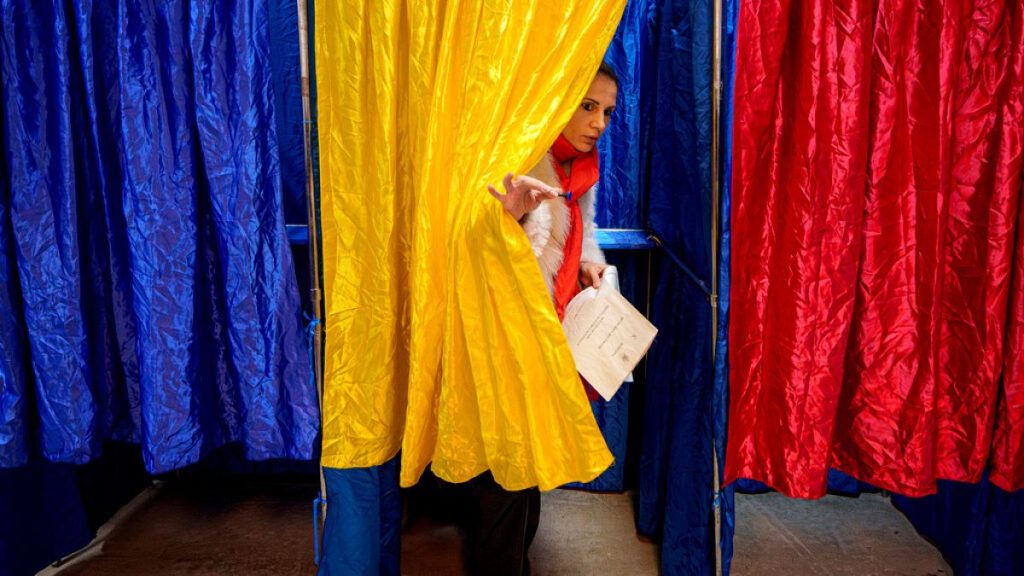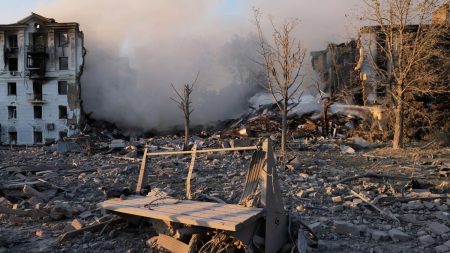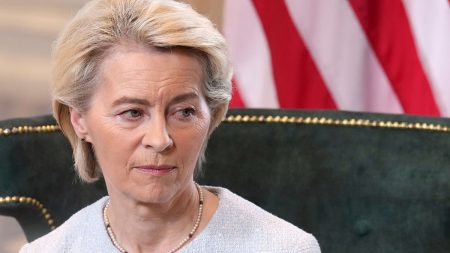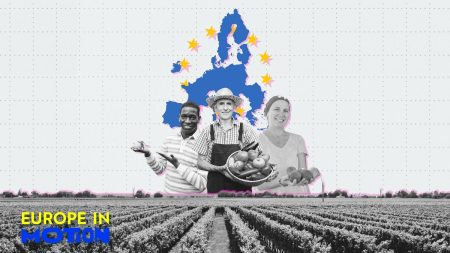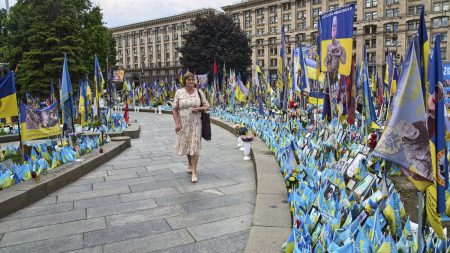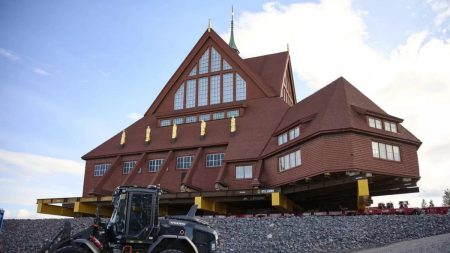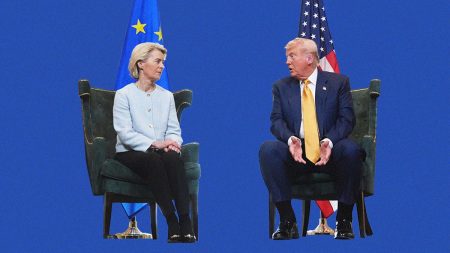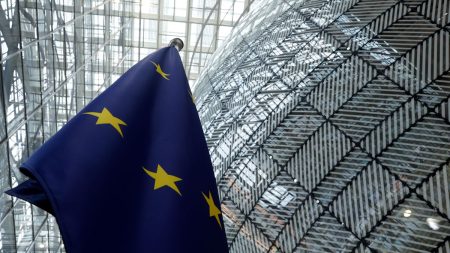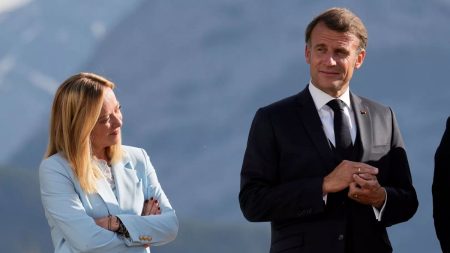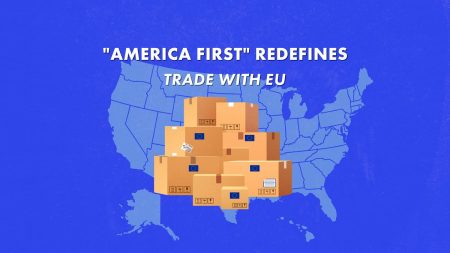The recent parliamentary elections in Romania have solidified the position of the Social Democrat party (PSD), which is expected to lead the government coalition. With nearly all votes counted, the PSD captured approximately 21% of the vote, marking a significant but somewhat cautious victory amid growing concerns about the rise of far-right populism within the political landscape. The Alliance for the Union of Romanians (AUR), a nationalist far-right party, garnered around 18% of the votes, indicating a shift in voter sentiment. Other notable parties include the National Liberal Party (PNL) at 14.6% and the center-right Save Romania Union (USR) at 11.1%. These election results have initiated negotiations for a coalition government in a country facing a complex political environment where both moderate and extreme ideologies are vying for power.
Marcel Ciolacu, the leader of the PSD, acknowledged the gains of far-right parties, interpreting them as a warning signal to the political elite. He described the PSD’s role as a necessary balancing force within Romanian society, aiming to unify the political discourse and counteract extreme viewpoints. His acknowledgment of the far-right’s rise reflects a broader concern that traditional centrist parties must address the underlying issues driving voters towards extremist options. The PSD intends to position itself as the “grown-up in the room,” emphasizing the need for unity amid increasing polarization. Meanwhile, the successes of parties like AUR and other minor extreme-right groups in gaining seats in parliament represent a significant shift in voter priorities and emerging ideologies that could redefine Romania’s political orientation.
Elena Lasconi, head of the Save Romania Union, expressed gratitude to voters for participating in a democratic process that she claims safeguards their rights amid political turmoil. Her comments highlight the ongoing struggle to maintain democratic values and fight against external influences, such as those perceived from Russia, particularly in the context of Romania’s alignment with the European Union and NATO. Her appeal reflects a commitment to uphold constitutional principles while recognizing the need for national unity. As political tensions rise, Lasconi’s sentiments signal a broader public readiness to safeguard democracy amidst crises, linking her stance to the pro-European sentiment that voters expressed in the elections.
The elections followed closely on the heels of a controversial presidential race that saw far-right candidate Calin Georgescu achieve unexpected success, with a second round of voting scheduled for December 8. The political climate suggests an environment where the pro-European agenda faces significant challenges, complicated by the rise of populism and heightened nationalism that have taken root in Romanian society. The nation’s public seems increasingly divided, underlying a disconnect between traditional political narratives and the realities that many feel are left unaddressed by the establishment. The polarized political landscape augments the urgency of the impending presidential election, further complicating government formation and stability.
Voter behavior in this election has been characterized by a resurgence of nationalist sentiments and disillusionment with established parties. The parliamentary results coincided with a significant increase in voter turnout, suggesting that many citizens were motivated by both a desire to affirm Romania’s pro-European stance and to express dissatisfaction with the current political landscape. The combination of high inflation and budget deficits within the country may have propelled those seeking change to support far-right candidates, which analysts interpret as a protest against the ruling political class. This overlap indicates a nuanced political atmosphere where dissatisfaction with economic conditions is intricately tied to shifts towards more extreme political ideologies.
Ultimately, Romania is at a crossroads where the future of its political identity remains uncertain, shaped by both entrenched pro-European values and emerging nationalist elements. The rise of far-right populism harbors significant implications for Romania’s political stability and its relationships with international partners. As political negotiations unfold among the main parties, the challenge will be finding consensus in a now-divided electorate. The ability to effectively address the root causes of discontent and to reaffirm democratic values amidst rising populism will determine not only the immediate formation of government but also the broader political trajectory of Romania in the coming years.




